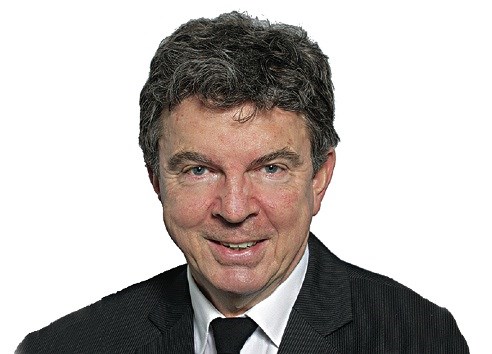Media and political campaigns have been arguing with each other since time began, but the long-running feud is pretty much over.
And we lost.
The strategists don’t have much to complain about when it comes to media coverage in Election 2013, because they’ve taken over the job themselves.
It’s possible to follow this entire campaign from start to finish, tracking all the candidates and all the party leaders, without consuming a shred of conventional media.
The major parties have multiple Twitter feeds running and their own video-graphers are on hand to capture any announcements. There are live-streaming major moments. There’s even a quasi-news broadcast by well-known former anchorwoman Pamela Martin every morning on YouTube.
She retired from TV news, then signed on as a $100,000-a-year outreach director for Christy Clark after she became premier. Now she’s doing both jobs — reaching out to voters as a B.C. Liberal news anchor. (She’s on a time-out from her government job.)
“I’m Pamela Martin reporting from the campaign trail. … It’s the Vancouver Sun Run and the premier’s team is right at the head of the pack…”
“Communities and local leaders are laying the groundwork for Premier Clark’s vision of a debt-free future, powered by natural gas…”
“Hundreds of supporters came out for a rally, to greet the premier as she came back from the North…”
The NDP matches those accounts with live feeds from Dix’s events, tweet-by-tweet coverage of his days, and a blizzard of news releases that go out to anyone who wants them.
If you don’t trust the parties’ version of events, there are countless other sources in the hive to check out.
Parties have been engaging with people on their own terms and disengaging from conventional media for the past decade. This campaign is the latest milestone in that trend. The campaigns still make provision for reporters — the people they love to hate — to follow them. Media still have much bigger reach than the government. But coverage isn’t the be-all and end-all that it used to be.
The same trend has been happening in government itself for the past few years, as a recent statement makes clear. The B.C. government now has 94 social media channels open. One of them is called B-sides (bcbsides.ca).
“We’re all about the flip side of the news — the people in the story. Even after the headlines have faded, we want to talk to the British Columbians involved and tell their story. Your story. We hope this government blog will inspire you, help you find a service … show you something cool, or make your life better!”
It’s gone dark for the campaign period. But a response made public last week to a freedom of information request outlines some of the thinking behind the project. (Apologies, if I’m stepping on the toes of the anonymous requester.)
“Acting as a news blog, it highlights proactive communications efforts with old-fashioned storytelling.”
The outline explains that “once a news release is made public, there is no followup information shared … B-sides will revisit that information and share more detail that will benefit, entertain and inform the public about funding programs and services that have made a positive difference in the lives of B.C.ers.”
Another way of putting it is: The government is fed up with its good news announcements being downplayed, so it’s going to cover them itself — properly.
The objectives are to provide “an easy-to-read complement to … government news” and to “dip our toe in the content curation/creation business of news generation.”
In other words, the government will write the news itself.
The target audiences include bloggers, including “Mom bloggers,” digital media conglomerates and regional media, where there is potential for them to repurpose the content online or share with their social media channels. (I blanch to think of what a suspicious old Cowichan Leader editor I once worked for would do if he was invited to “repurpose” a government-produced news story.)
B.C. B-sides is planning stories after the campaign on how arts benefit from government support, how communities are promoting electric vehicles and how foldable contact lenses for cataract patients are going to be insured.
Enjoy them all, because you’re paying for them.
Read more election coverage HERE



